Farming in Toowoomba: A Quick Overview (+ What’s in It for You!)
The area around Toowoomba isn’t called the Garden of Australia for nothing! And that is NOT because Toowoomba itself is called the garden city.
The prime reason behind the region’s nickname is the millions of acres of highly fertile soil in the farming lands around the Darling Downs region. Food product manufacturing is a major contributor to the economy of the region.
In addition, the temperate climate of the region is also perfect for grazing sheep and cattle. Beyond the food crops, the farms around Toowoomba generate significant volumes of meat, bakery, and dairy products.
Are you planning to start a farm near the city of Toowoomba and wondering what crops to grow?
To help you make the right choice, let’s take a look at some of the popular crops that you can grow in Toowoomba.
Which Crops Can You Grow in Toowoomba?
Cotton
First, a news flash. More than half the total cotton in Australia is grown in the Darling Downs region. The annual cotton production in the Toowoomba regional council is over $100 million.
Despite the numerous drought and floods in the past years, the farmers in the region have been increasingly relying on technology to boost their cotton production. These include using effective pest management and laser levelling techniques to improve land irrigation.
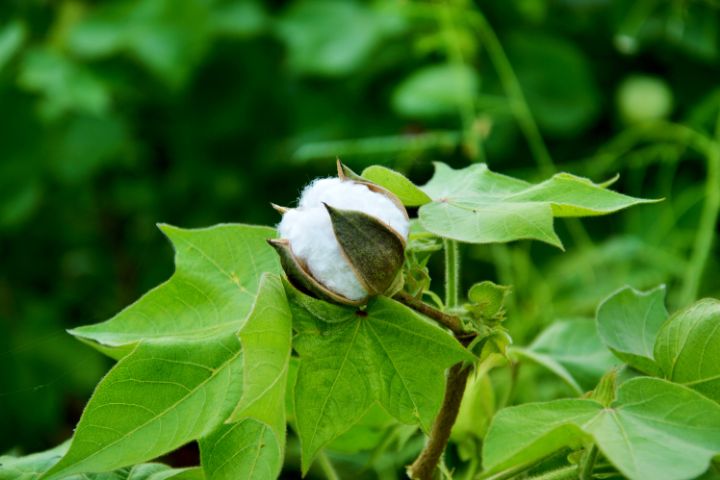
Besides, the farmers are also starting to cut down on the use of chemicals in cotton production.
The high quality of the yield has increased the global demand for Australian cotton. Take it from Michael Murray, the general manager of Cotton Australia. “Our cotton is considered to be of the best value when you take into consideration the quality, the lower transportation costs, and the turnaround times,” he said last summer.
With such positive trends in the global market, cotton farmers are looking to expand the export volume in the coming years.
Not a bad idea if you are pondering on a cotton farm! Research shows that most Australian cotton farms are small family businesses that employ up to 8 people. Plus, they don’t rely on cotton alone but often pair it with grazing sheep and cattle.
Broad Acre Crops
Some of the major broad-acre crops grown in the crop country around Toowoomba are sorghum, wheat, barley, chickpeas, sunflowers, and maize. These crops’ total contribution to Queensland’s economy is over $5 billion every year.
Globally, Australia is one of the leading wheat producers. The forecasted production volume for 2024 in Queensland alone is 1.4 thousand kilotons. By 2030, the feed grain demand is likely to go through the roof, mainly due to the growing population.
The Western Downs is also a major hub for the production of sorghum. This corn-like summer farming crop is mostly used for animal consumption. In 2022-23 sorghum cultivation resulted in higher cash incomes for the farmers in Queensland. Besides, the prices for chickpeas have risen due to the demand in the international market.
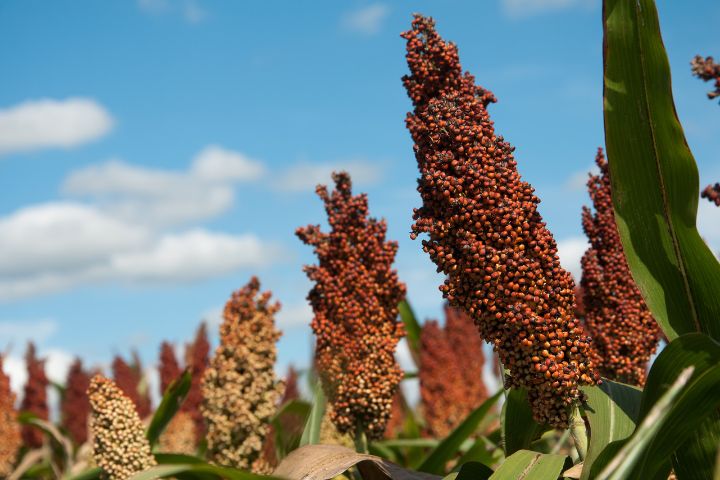
Fruits and Vegetables
The total land area used for growing fruits and vegetables in the Toowoomba region is close to 981 hectares. The diverse range of products includes avocado, blueberries, lettuce, cauliflower, rhubarb, watermelon, cabbage, olives, walnuts, and more.
The gross value of fruits and nuts that were produced in Queensland in 2021 was $1.67 bn. A significant portion of that was yielded in our very own Darling Downs region. Australian farmers use biological methods to avoid pesticides. Most farms also control the primary processing of the nuts to ensure the quality remains high.
One reason for the high growth variety is that the rich soil in the region is extremely good at holding water. Additionally, the area around Toowoomba and Stanthorpe has high chill hours which helps in fruit sets. Overall, most vegetable farmers around Toowoomba generate a steady cash income.
The region also produces a major share of Australian avocados. The Australian avocado industry is embracing effective production strategies to make it a profitable venture for farmers. With the Australian avocado consumption hitting 4.76 kg per person in 2021-22, the prospects look promising for the farmers.
Bottom line, whether you’re a grower or a consumer, don’t give up on that avocado toast just yet!
Bonus: Hydroponic Farms in Toowoomba
Not all of us can afford buying big acres of land to grow things on.
So if you are planning to generate more produce with less land, hydroponic farming is a great option. Queensland is one of the largest commercial hydroponic production states in Australia. Some of the significant crops grown are lettuce, tomatoes, strawberries, and cucumbers.
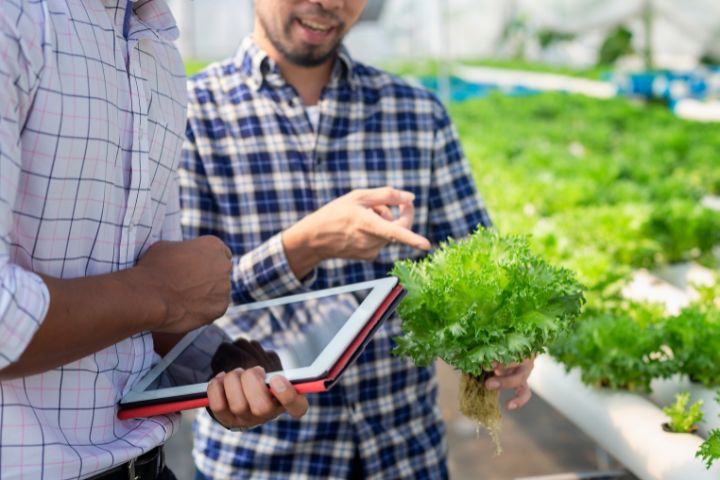
As of late, there’s hardly a more lucrative type of farming than organic strawberries. Moreover, the yield has increased considerably in the past years. In fact, fruit and vegetable picking is one of the major agriculture jobs in the Queensland region.
Many strawberry farms in Toowoomba also offer to open up their doors in the pick-your-own strawberry season, which is a fun experience and can be a magnet for tourists.
While hydroponic farming is a sustainable practice and ideal for small places, the initial investment could be a bit prohibitive for a self-starter. Depending on the size of the farm, the set-up costs can be anywhere between $15,000 to $55,000.
However, the higher yield per unit area than traditional farming makes it an attractive option for small farms. Plus, the crop is less susceptible to the elements. Especially when it comes to sensitive crops such as strawberries!
What About Animals?
Cattle Ranching and Sheep Farming in Toowoomba
If you happen to be vegan, you might want to skip this section!
In 2020-21, livestock slaughtering was the largest commodity of the total agricultural output in Toowoomba. Since the cattle farms have been able to drop the cost of production significantly, they have maintained a steady profit margin. And that is despite the steep fall in prices in 2023.
According to Ian McLean, the business management advisor of Bush Agribusiness in Toowoomba, “Industry profitability has been high in recent years, which is fantastic and is necessary to make up for lower returns through the rest of the cycle.”
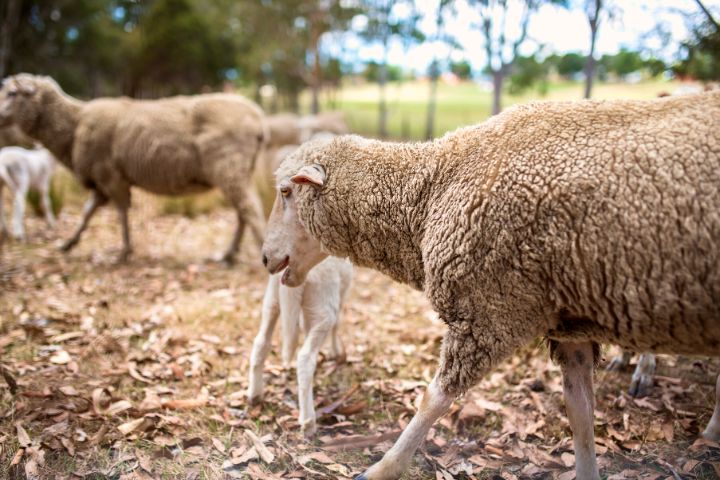
But not everything is sunshine and roses in the sector.
One concern for long-term profitability is the high land prices. On top of that, beef land shares common characteristics with land for gold mining. Put these two together and you’ll get a rising scarcity of land. That’s without even mentioning environmental unsustainability for which cattle farming is notorious.
Despite this, McLean remains optimistic: “Those businesses with strong balance sheets and a low cost of production will be well positioned for opportunities.”
Beyond that, sheep farming is also a primary industry in the region. The total sheep belt in Queensland is over 55 million hectares. The state has developed Queensland’s sheep and goat meat strategy to drive growth by ensuring a world-class production of red meat.
Poultry
Where cattle and other bigger beasts are unsustainable, a small, feathery winner emerges: chickens.
Small wonder when you think that a chicken takes 2 pounds of feed for a pound of meat, as opposed to 8 pounds of feed for a pound of beef.
These figures reflect on the industry too. Poultry farming is one of the fastest-growing industries in Queensland with most of the farms located – you guessed it right – in the Darling Downs region. The egg production industry in Queensland generated a revenue of $285 million in 2021–22.
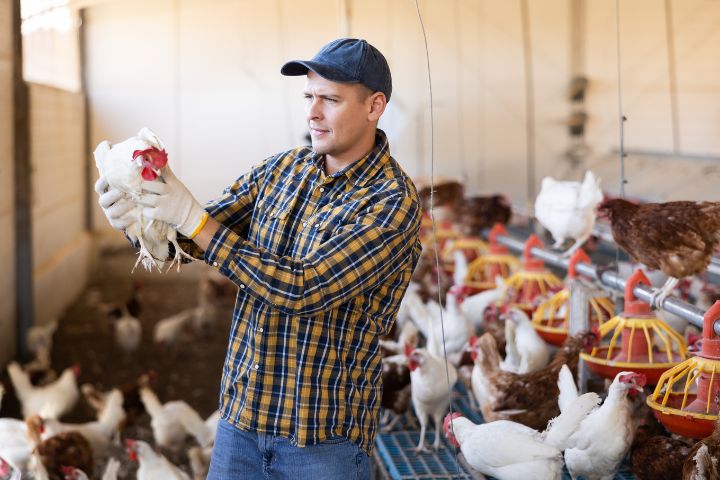
Moreover, the per capita consumption of chicken meat in Australia went up to 46.5 kilograms in 2023. So, the production of chicken meat is also growing in the area around Toowoomba.
In the annual protein conference held last year, Western Downs mayor Paul McVeigh concluded: “The poultry industry has tremendous potential. With the poultry industry mainly being located towards the coast where it is having some trouble, we are encouraging them to come to our region.”
In case you are planning to move to Toowoomba and purchase land for a new chicken farm, make sure to contact the local council and the Department of Agriculture and Fisheries.
Conclusion
There is no question that agricultural land around Toowoomba has excellent potential and is a good store of wealth. At the same time, farming in Toowoomba is not without risks. These include uncertain weather conditions and extreme climate events. On top of that, the farmers are burdened by inflation and rising costs.
Since economic insecurity is closely associated with farming, new farms need to be planned with care. Managing expenses, using advanced farming practices, and getting experienced staff are some ways to mitigate the risks.
Frequently Asked Questions
What are the top farming jobs in Toowoomba?
Some of the common farming jobs in Toowoomba are farm workers, farm supervisors, farm mechanics, irrigation managers, poultry farm hands, and animal attendants.
Where is the best place to farm in Australia?
Some of the best places for farm work in Australia are the rural areas of Queensland, the area around Mildura in Victoria, Bourke in New South Wales, and the Tamar Valley in Tasmania.
What is farmed in Toowoomba?
The main farm products in Toowoomba are cotton, fruit and vegetables, grain, beef, pork, poultry, and dairy.

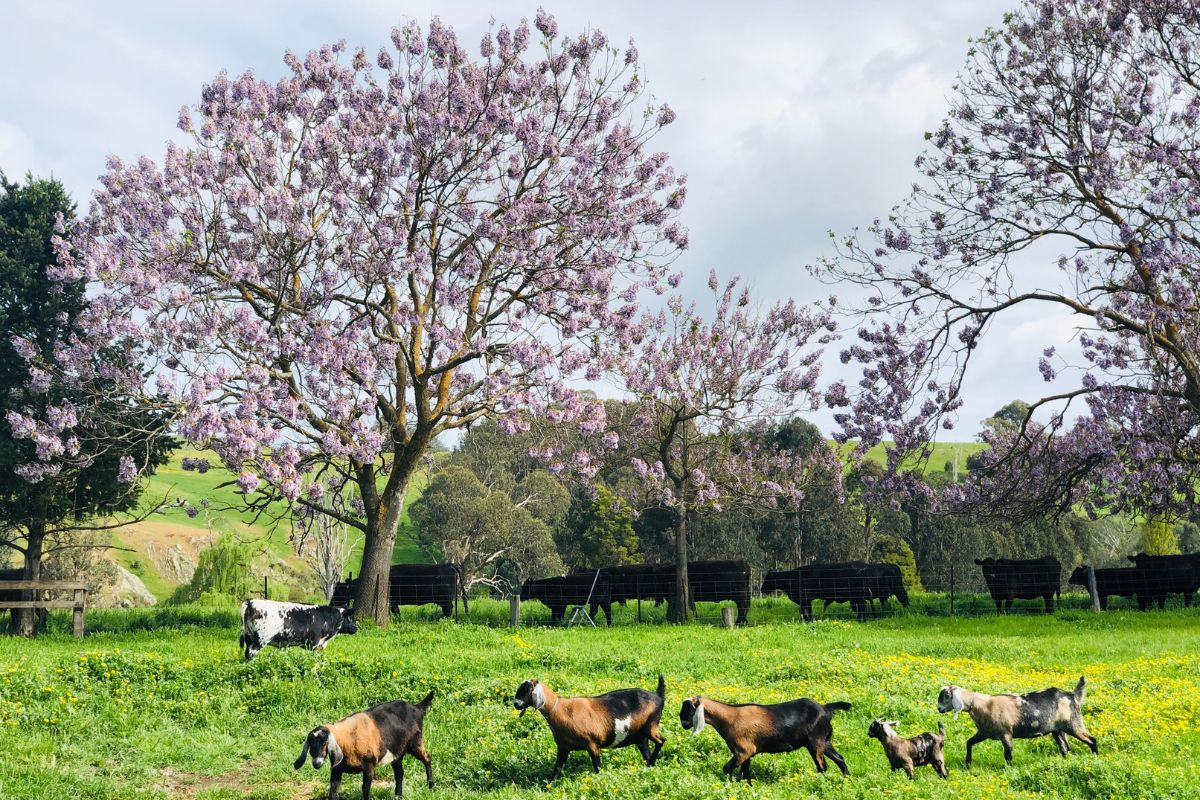
Top Picks
No posts